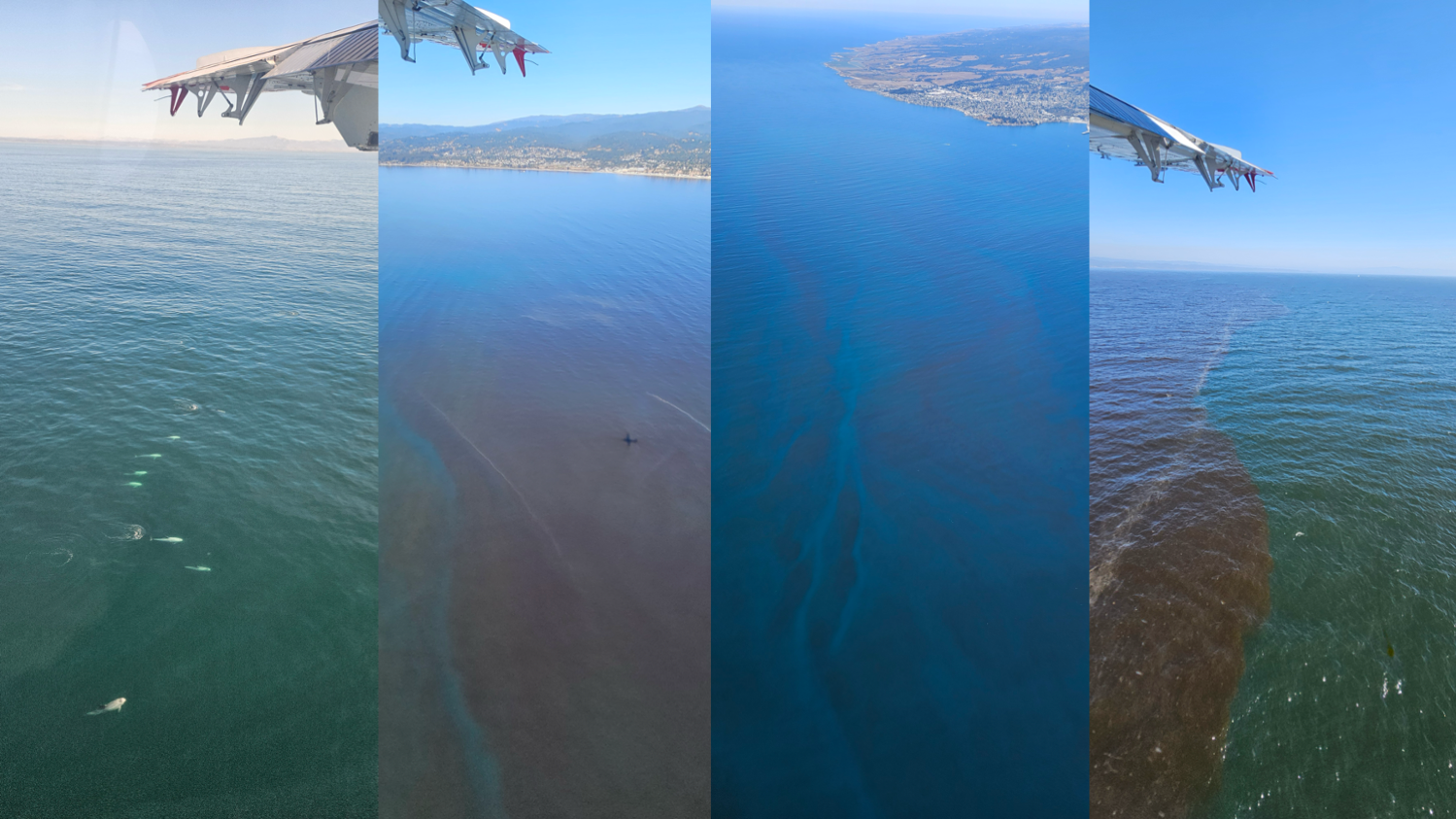2025-06-26 NASA
<関連情報>
- https://www.nasa.gov/missions/mars-reconnaissance-orbiter/nasa-mars-orbiter-learns-new-moves-after-nearly-20-years-in-space/
- https://iopscience.iop.org/article/10.3847/PSJ/addbe1
SHARADはMRO宇宙船の超大型ロールからの加速により火星のより深い地下構造を照らし出す SHARAD Illuminates Deeper Martian Subsurface Structures with a Boost from Very Large Rolls of the MRO Spacecraft
Nathaniel E. Putzig, Gareth A. Morgan, Matthew R. Perry, Bruce A. Campbell, Jennifer L. Whitten, Fabrizio Bernardini, Alessandro DiCarlofelice, Piero Tognolatti and Pierfrancesco Lombardo
The Planetary Science Journal Published: 2025 June 11
DOI:10.3847/PSJ/addbe1

Abstract
Throughout its mission, the Mars Reconnaissance Orbiter (MRO) has often rolled about its along-track axis by up to 28° to partially compensate for the suboptimal location of the Shallow Radar (SHARAD) antenna along an edge of the spacecraft that is opposite the imaging payload deck, thereby enhancing the signal-to-noise ratio (S/N) of echoes returned from the surface. After recent modeling work predicted that a much larger roll would improve the S/N by ~10 dB relative to nadir-pointed observing, MRO began a limited series of 120° roll maneuvers to test the effects on radar sounding. Three such SHARAD very-large-roll (VLR) observations were acquired between 2023 May and 2024 September, and they show dramatic improvements in signal clarity and depth of penetration, with S/N increasing by 9, 11, and 14 dB over that of nearly coincident observations at 0° roll angle. In low dielectric terrains, the first and second VLR observations enabled basal detections at depths previously unachievable, reaching depths of 800 m in Medusae Fossae materials and 1500 m through the ice of Ultimi Scopuli, respectively. The second VLR observation also obtained enhanced reflections throughout the ice stack. In the higher dielectric terrain of Amazonis Planitia, the third VLR observation improved continuity of a dipping subsurface interface, but it revealed neither an extension of the interface to greater depths nor any deeper interfaces. The MRO mission intends to obtain more SHARAD VLR observations of polar terrains and of midlatitude glacial and ground ices, sediments, and volcanics.



